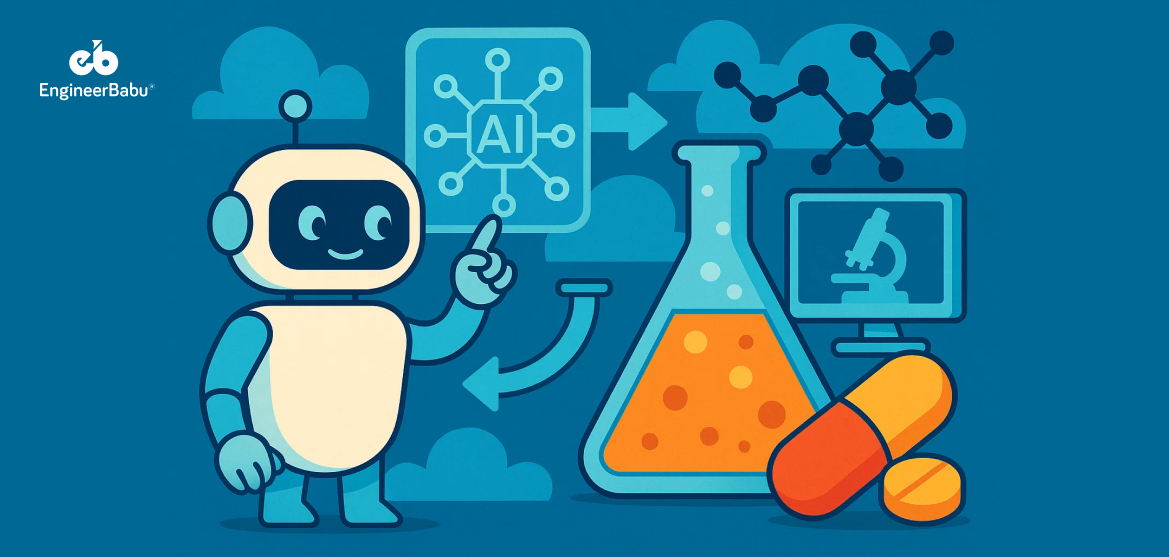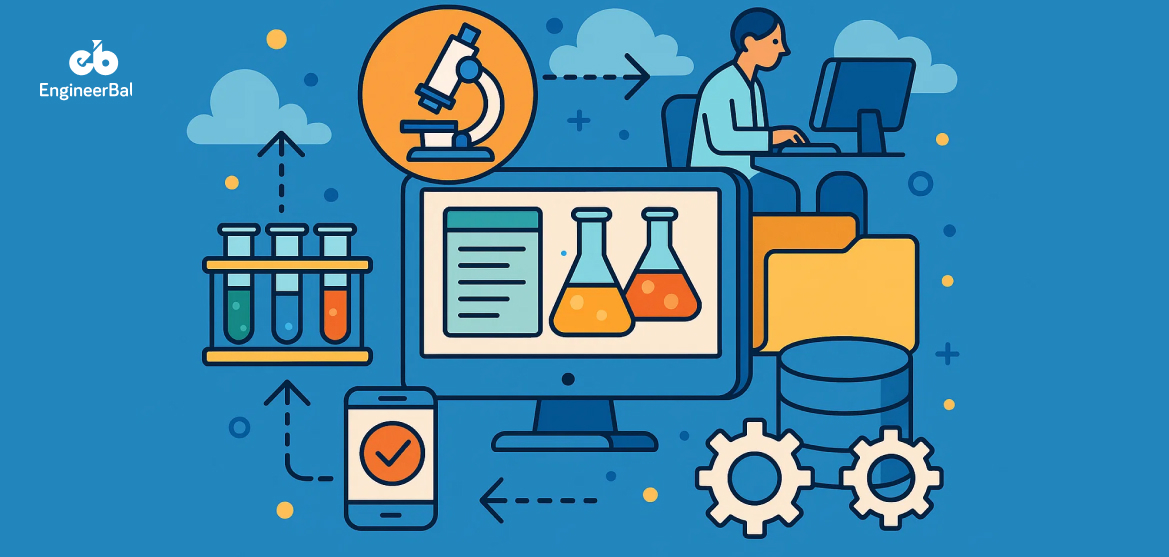It’s no surprise that the right tech stack for telemedicine app development decides if your app works well or fails. Every layer matters, from the frontend to cloud hosting. Pick the wrong tools and you risk performance issues, security gaps, and higher costs.
As the demand for telemedicine continues to rise, the stakes have never been higher.
For instance:
- Telemedicine use spiked 154% in March 2020, according to the CDC.
- In 2024, the U.S. telehealth market was valued at $42.54 billion and is projected to grow at a 23.8% CAGR from 2025 to 2030
- Furthermore, the global telemedicine market is heading toward $334 billion by 2032, as per Fortune Business Insights.
These numbers show how fast the space is growing and how high the expectations are.
That’s why we’re breaking down the full tech stack in this blog. You’ll learn which tools matter most and how to match them with your app goals. Let’s get into it.
Understanding Telemedicine App Requirements
Before choosing the best tech stack for telemedicine app development, it’s important to know what the app needs to support. Each feature has technical and compliance demands. Missing one could hurt user trust or block app approval.
Core Features
- Video and audio consultations
Live consultations form the heart of any telemedicine app. These require a low-latency video streaming setup. WebRTC is often used because it supports real-time communication without external plugins.
- Appointment scheduling
Patients need to view available slots, book appointments, and get reminders. This calls for a dynamic calendar system with time zone handling and automated notifications. Also, Google Calendar API and Cron jobs are often part of this setup.
- Electronic Health Records (EHR) integration
Apps must pull and push patient records across systems. HL7 and FHIR standards allow this exchange. A solid backend that manages structured data is key to this task.
- Prescription management
Doctors must write, send, and update prescriptions from inside the app. E-prescription tools like SureScripts help with compliance. Additionally, the backend should support digital signature verification.
- Secure messaging
Patients and doctors often exchange sensitive messages. As a result, end-to-end encryption and message retention policies are built in. Technologies like AES and TLS protocols handle this part.
Compliance and Security
When choosing the tech stack for telemedicine app development, compliance and security must be top priorities, especially when handling sensitive patient information.
- HIPAA compliance
Every app handling patient data in the U.S. must follow HIPAA. That includes access controls, audit trails, and data breach protocols. Moreover, to be HIPAA-compliant, your application must fully adhere to all the required regulations. Most choose HIPAA-compliant cloud providers to handle this.
- Data encryption and storage standards
Data is encrypted both when it moves and when it rests. AES-256 encryption is standard. Also, secure backups and controlled access to databases are required under most health laws.
- User authentication mechanisms
Only verified users should access sensitive data. Hence, two-factor authentication is used. OAuth 2.0 and biometric login options help boost trust and security.
Frontend Tech Stack for Telemedicine App Development
The frontend is what users see and interact with. A smooth, fast interface helps drive adoption. Choosing the right tools for this layer affects the app’s look, feel, and future updates. Below are the top choices based on platform needs.
Native Development
- iOS: Swift
Swift is the official language for Apple devices. It delivers clean UI, fast load times, and stable updates. Since iOS users expect high performance, Swift handles memory and animations well. For a tech stack for telemedicine app development targeting Apple users, Swift gives full control over app behavior.
- Android: Kotlin
Google backs Kotlin as the go-to language for Android. It improves code safety and speeds up development. Kotlin supports modern design elements and works well with Android Studio tools. Many telemedicine apps use Kotlin for faster builds and easy debugging.
Also read: Android vs iOS for Telehealth App Development
Cross-Platform Development
- React Native
React Native allows one codebase for both iOS and Android. This saves time and keeps the UI consistent. Built by Meta, it supports native components and real-time updates. When startups ask for a quick launch, React Native often fits into their tech stack for telemedicine app development.
- Flutter
Flutter uses Dart and draws every pixel on its own. This gives high design flexibility. Google maintains Flutter and offers wide widget support. Apps built with Flutter run smoothly across screen sizes and devices. It’s a solid choice for teams aiming for custom designs.
Web Applications
- Angular
Angular is a full framework backed by Google. It offers built-in tools for form handling, routing, and testing. Apps built with Angular scale well and maintain structure as they grow. This suits enterprise-level telemedicine platforms.
- React.js
React.js focuses on building user interfaces with reusable components. Developed by Meta, it speeds up page load with a virtual DOM. React apps feel smooth and handle real-time data well. It’s widely used in dashboards and patient portals.
Backend Tech Stack for Telemedicine App Development
The backend is the brain of your app. It handles logic, data flow, and performance under pressure. For telemedicine platforms, the best tech stack balances speed, flexibility, and compliance.
Programming Languages and Frameworks
- Node.js with Express.js
Node.js is known for its non-blocking nature. This helps apps handle many requests at once. Express.js adds structure to this flexibility, allowing developers to build RESTful APIs fast. Together, they work well for scalable apps that serve real-time needs.
- Python with Django
Python is clean and readable, which speeds up development. Django, its most popular framework, comes with built-in tools like admin panels, authentication systems, and security features. This pairing is strong when the tech stack for telemedicine app development demands quick launch and high security.
- Ruby on Rails
Rails is all about convention over configuration. It helps teams build features fast without writing unnecessary code. Although not as popular today, it still fits well in MVPs where time to market matters more than micro-optimization.
Considerations
- Scalability
Every app wants to grow, but not all stacks support growth well. Choose technologies that scale both vertically and horizontally. This includes support for microservices, containerization, and stateless architecture.
- Real-time data processing
Telemedicine apps rely on live features like chat, video, and alerts. The backend must support real-time protocols. Using tools like Socket.IO or Firebase can help keep the user experience smooth.
- API integrations
Telemedicine apps need to connect with EHRs, payment gateways, and analytics tools. A flexible backend with strong API handling helps here. REST and GraphQL are two common choices for structured data communication.
Cloud and Hosting Services for Telemedicine App Development
Every telemedicine app runs on a tech backbone that needs to be fast, secure, and scalable. That’s where cloud and hosting choices come in. The right setup supports the tech stack for telemedicine app development and keeps the app running under high demand.
Popular Providers
- Amazon Web Services (AWS): AWS leads in cloud adoption for healthcare apps. It offers over 200 services, including options built for HIPAA compliance. With AWS, developers can quickly launch virtual servers and scale them as needed.
- Google Cloud Platform (GCP): GCP stands out for its data analytics and AI capabilities. It includes tools like BigQuery and TensorFlow, which support advanced health data processing. It’s often the top pick for apps with machine learning features.
- Microsoft Azure: Azure works well for apps built on .NET or those linked with Microsoft products. It offers ready-to-use templates for telemedicine systems and built-in tools for secure identity management.
Services Utilized
- Compute resources: Apps rely on cloud computing power to run their backend logic. Virtual machines and container services like AWS EC2 or Google Kubernetes Engine allow for fast deployment and better uptime.
- Storage solutions: Telemedicine apps deal with large files, including video recordings and health records. Cloud storage like Amazon S3 or Azure Blob keeps this data secure and accessible. These options support encrypted backups and flexible data tiers.
- Content Delivery Networks (CDNs): For faster load times, CDNs distribute content close to the user. Telemedicine apps with video content gain speed boosts by using services like CloudFront or Cloud CDN. This helps improve session quality.
Cost Considerations
Development Costs
- In-house
Hiring an in-house team gives you full control over development. But it also brings long-term costs. Salaries, hiring efforts, and hardware add up quickly. If your team lacks healthcare experience, the learning curve can delay the project. This is a major factor when picking the best tech stack for telemedicine app development.
- Licensing fees for technologies
Some tech stacks come with hidden fees. Premium APIs, compliance tools, and frameworks may charge monthly or usage-based rates. Always check licensing terms upfront to avoid budget surprises later.
Operational Costs
- Hosting and infrastructure
After development, your app needs cloud hosting, storage, and bandwidth. These costs rise as usage grows. AWS, Google Cloud, and Azure offer scalable options, but they all bill based on actual usage. Choosing the right tech stack for telemedicine app development helps you control these costs from the start.
- Maintenance and updates
Every app needs regular updates. That includes bug fixes, security patches, and feature upgrades. Neglecting updates can lead to compliance issues. Allocate a fixed part of your budget for ongoing support.
Cost Optimization Strategies
The smartest way to manage costs is to plan from the start. Use cloud services with pay-as-you-go models. Pick open-source tools when possible. Automate testing to save time during updates.
But more importantly, work with a proven IT solutions company. Firms like EngineerBabu know what works. They help you avoid trial-and-error by setting up the right tech stack for telemedicine app development from day one. As a result, this saves both time and money, while keeping the app ready for scale.
Conclusion
Choosing the best tech stack for telemedicine app development starts with understanding what the app must do. From video calls to prescription handling, each feature adds a layer of complexity.
Furthermore, you also need to follow telemedicine app compliance like HIPAA, GDPR, and HL7, and use secure tools for storage, messaging, and user login.
Select a tech stack that fits your app’s real goals. Start by listing what users expect, then match tools to those needs. Don’t just follow trends or copy what others use. What works for one app may fail in another. That’s how the right tech stack for telemedicine app development supports both growth and trust.
FAQs
- How to develop a telemedicine app?
Start with clear goals and features. Choose the right tech stack, design the UI, then build, test, and deploy the app. Use HIPAA-compliant tools at every step.
- What are the most reliable front-end frameworks for telemedicine apps in 2025?
React Native and Flutter lead in 2025. Both support strong performance, native features, and smooth user interfaces.
- How does integrating AI and IoT enhance telemedicine app functionality?
AI handles chatbots and diagnosis support. IoT connects health devices to the app for real-time data and better treatment.
- Which back-end technologies ensure security and scalability in telehealth platforms?
Node.js, Django, and Ruby on Rails are top picks. Pair them with cloud platforms like AWS and add OAuth 2.0 for secure access.
- What is the cost of developing a telemedicine app?
The cost of building a telemedicine app isn’t about a single number, it’s shaped by the scope, complexity, and choices in your tech stack for a telemedicine app.
- How can EngineerBabu help you with your dream telemedicine app development?
EngineerBabu builds secure, scalable telehealth apps. Their team handles everything from HIPAA compliance to EHR and video integration.




